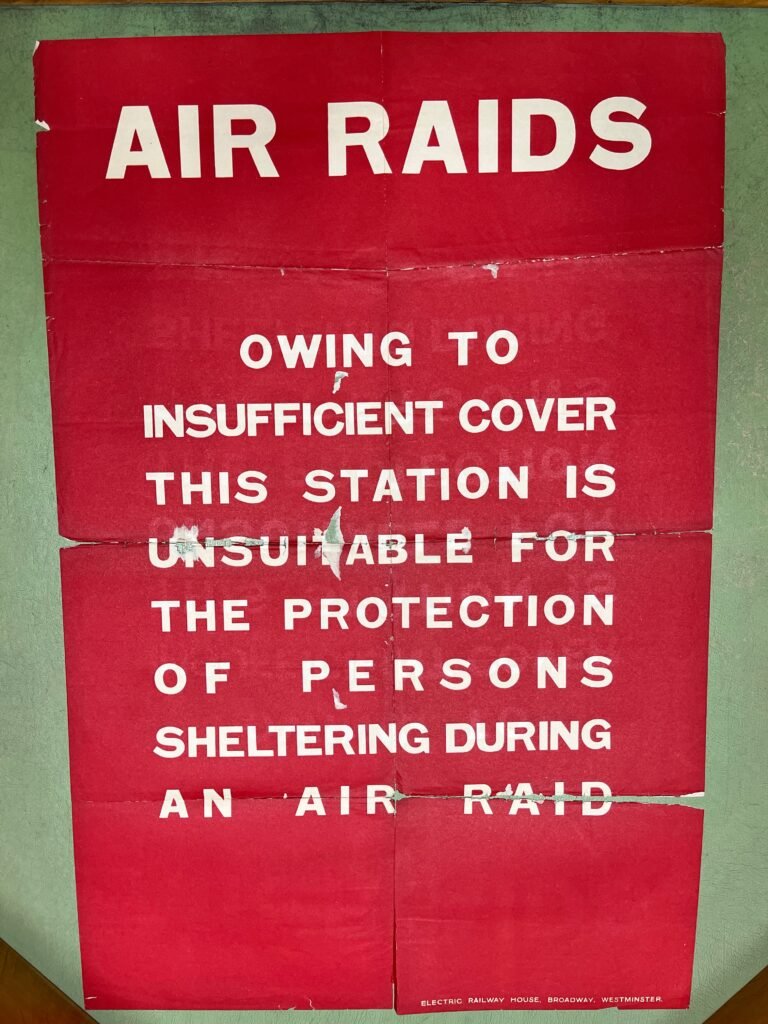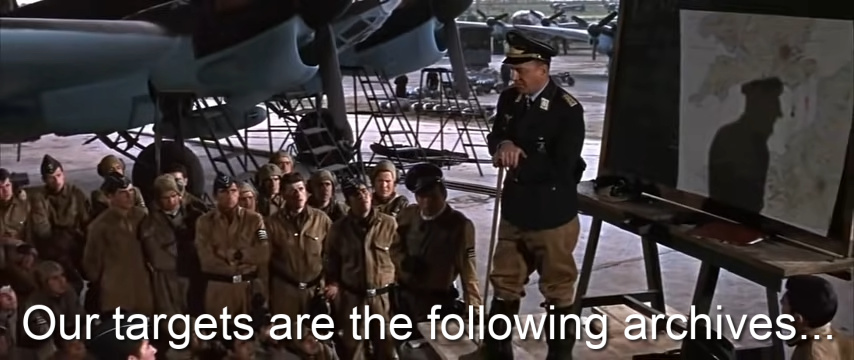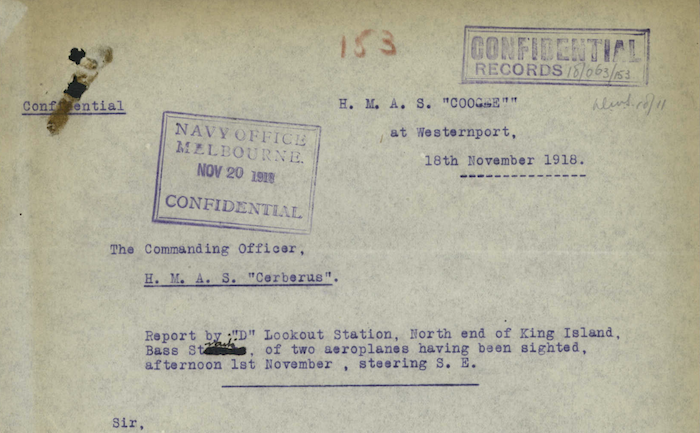No total war but class total war
Four days after the second great daylight Gotha raid on London, Lady Louise Maxwell (above) wrote a letter announcing the foundation of a new philanthropic fund, the Home Fires Fund. Believing that it was ‘childish to expect a huge city like London […] can escape these occasional air raids’, and accepting that ‘We have come […]










